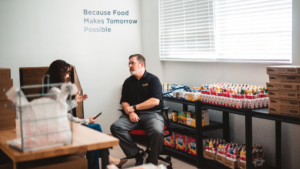
How Food Banks Can Expand Their Reach and Impact Through Cross-Sector Collaboration
March is National Nutrition Month and a reminder to focus on building healthier communities by bridging gaps in access to healthy food. To that end, we’re seeing a new generation of data-driven solutions and collaborative partnerships already helping food banks and other frontline organizations fulfill their missions in powerful ways.
Access to nutritious food has been a complex challenge for many communities for many years.
While demand soared during the pandemic, food banks struggled to manage disrupted supply chains and put new safety processes in place, further limiting their ability to meet the growing needs of their community.
As the pandemic receded, inflation promptly showed up, putting more burden on people already struggling with returning to work, caring for children and the elderly, and paying for essentials like rent, electricity, gas, and food.
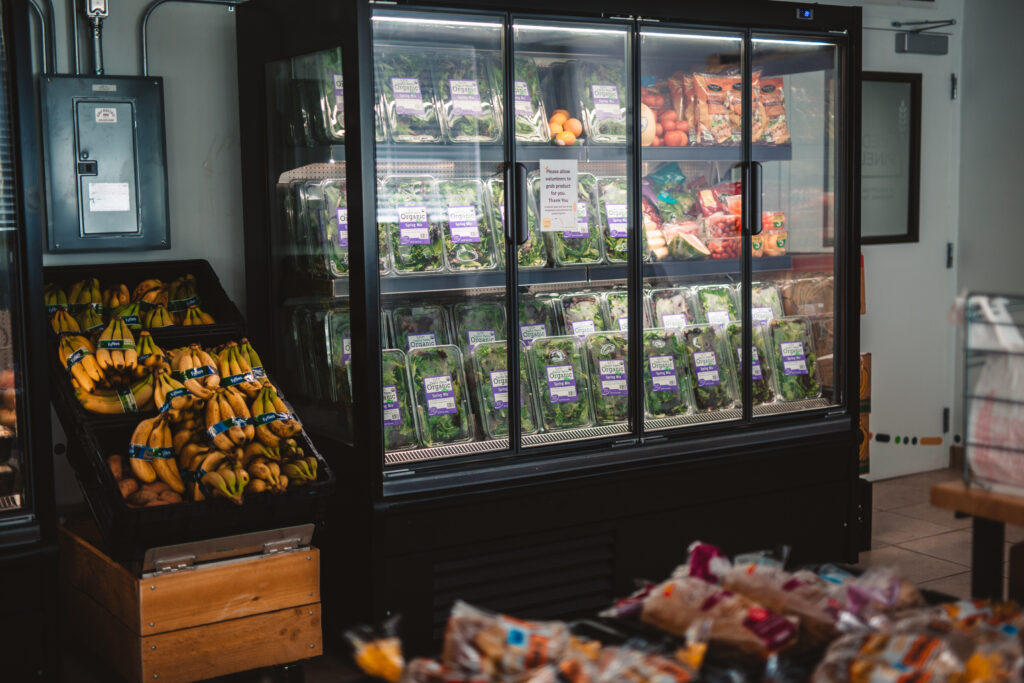
While demand remains high, food donations are also down, further hindered by a reduction in pandemic-related emergency assistance for food, shelter, rent, healthcare, and childcare—many of which are scheduled to end this month in states across the U.S. Reductions in emergency Supplemental Nutrition Assistance Program (SNAP) benefits, the government’s largest anti-hunger program, and a likely tightening of Medicaid enrollment qualifications are just some of the few barriers that will prevent individuals from accessing the healthy food they need to live comfortably in the coming months.
Though challenging, the past few years have fortunately generated important opportunities for organizations to learn more about how to best support people in need of food assistance. While an increasing number of food assistance organizations are now actively seeking out opportunities to leverage data that identifies supply and demand, others have also made an intentional effort to strengthen their network of partnerships to address food insecurity at scale.
The Critical Role of Food Banks and Food Assistance Organizations
In its most basic form, a food bank is a not-for-profit charitable organization that collects food and distributes it to other charitable organizations such as food pantries, soup kitchens, libraries, and faith-based groups. Serving as a frontline organization in many communities, food banks help feed people struggling with hunger or access to healthy food, often operating as warehouses and deploying trucking fleets to make that happen.
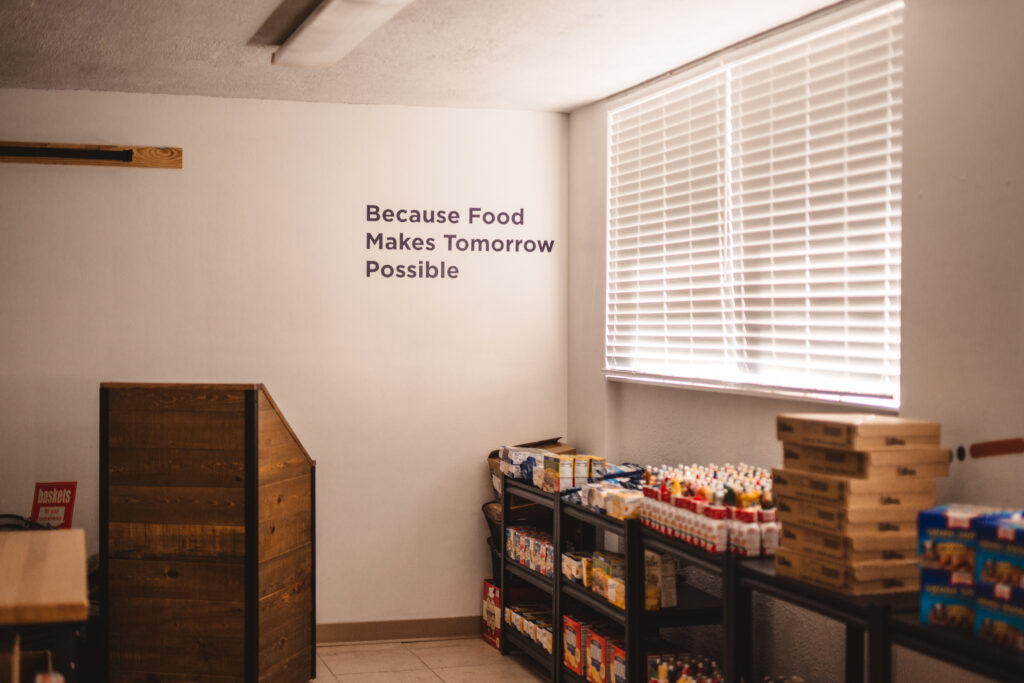
Food banks rely largely on donors for their funding and the food they distribute, and on volunteers for their day-to-day operations. Food often comes from grocery stores and restaurants that donate excess food or food nearing its sell-by date, and even from farmers who want to offload food that can’t be sold in grocery stores because of its appearance. To supplement their supply, food banks may run food drives for local community members to donate food and other supplies.
Today, according to an Urban Institute study, one in six adults may rely on charitable organizations for food, which is still higher than pre-pandemic levels. Adults with children are 50 percent more likely to need charitable food. Due to social, economic, and environmental challenges, Black and Hispanic people are three times more likely than White people to use food pantries. As a result of this growing demand, many social services organizations and food pantries are often forced to scramble in arranging for food donations, food deliveries, and distribution.
To build healthier communities, we need to go one step further.
Adjusting Through Innovation and Outreach
The number of people who access food from food assistance organizations went up during the pandemic and hasn’t gone down since, posing a huge operational challenge for charitable food organizations. Strapped by limited supply, donor fatigue, unstable funding, and persistent demand, many organizations are seeking new ways to adapt to this ever-changing landscape.
For many organizations, the evolving landscape has required modernizing their operations and investing in new technology. For others, it means expanding their networks of community partners to help source and distribute food more effectively.
Today, according to McKinsey, food banks are using strategies from for-profit distributors to optimize their warehouses and make them more efficient and cost effective. They’re also using analytics to better assess demand by looking at social factors like unemployment numbers, inflation, and poverty levels.
These new tactics have helped lay a solid foundation for helping mitigate hunger in communities across the U.S. while also addressing the underlying problems that exacerbate it.
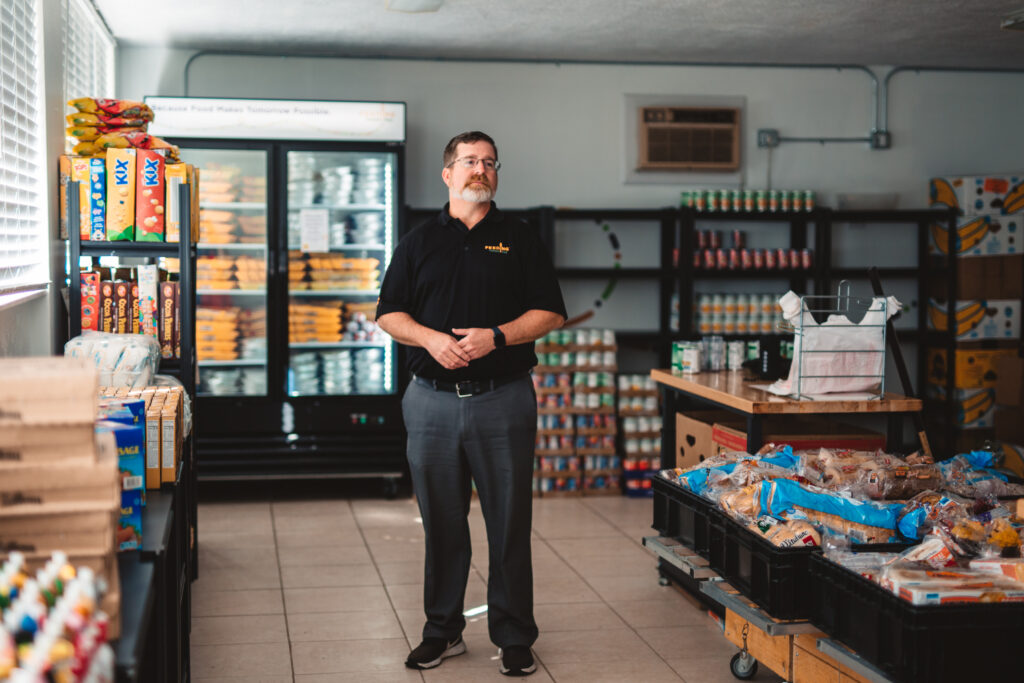
Shortening The Line Through Community Collaboration
Though food banks have traditionally served as emergency options to alleviate hunger for those in need, some have now have shifted their focus to how quality food can help meet the co-occurring needs of people and communities struggling not only with hunger but also chronic illness, obesity, economic hardship, and other social challenges.
By helping those people connect to services that provide job training, financial assistance, in-school support, transportation, and more, food banks and food assistance organizations can help their clients become better equipped to also overcome food insecurity. Food banks are important partners in improving whole-population health and health for all.
So how can food organizations connect to community-based organizations that meet needs beyond food? And how can community-based organizations supporting people with shelter, heat assistance, legal services, benefits navigation, chronic disease management, and so on connect to the right food assistance organizations?
Here are four strategies:
- Adopt collaborative software to start securely receiving referrals from social and healthcare organizations not typically a part of food distribution.
- Experiment with innovative partnerships across sectors that account for differences in geography and need.
- Collaborate to implement innovative delivery models that scale impact while creating consistency in the community.
- Conduct research to evaluate the impact of interventions that address root causes of food insecurity such as homelessness and unemployment.
Thinking Beyond Food
Unite Us plays an impactful role in identifying people in need and sharing standardized insights securely and at scale across many social services and healthcare organizations, including food banks. We know food insecurity always goes hand in hand with other social needs like access to housing and healthcare. In meeting the needs of the food insecure, it’s time to think beyond food.
Breaking down silos that prevent community members from accessing vital resources such as nutritious food, our networks operate as hubs for the kind of collaboration and exchange needed to enable community-based organizations of all kinds to take an active role in directly connecting their clients to food assistance and other holistic needs.
If an organization doesn’t provide food assistance, it can easily refer clients through the Unite Us Platform to organizations that do. In turn, a food assistance organization can help their clients gain access to other critical services and support through the same network, increasing accountability and trust between organizations and with the clients they serve.
As one partner shared:
“Food Bank for the Heartland helps so many Nebraskans apply for SNAP benefits. Most often, it is not just SNAP they need assistance with; they often ask for utility, rent, food pantries, anything that will help them get by. I am so glad this new referral system has started. It is another way clients can make contact with an agency without having to do all the legwork themselves or retelling their story over and over again. Our neighbors are exhausted, and having this referral system is one way they can get a little relief.” – Natalie Nelson, MSW, Food Bank for the Heartland SNAP Direct Service Manager
Complex problems require holistic solutions. By bringing organizations together around the multiple challenges of an individual in need, we have an opportunity to address all of their needs and build healthier communities for all.
Putting Partnership into Practice
We recently had the opportunity to interview our partner Feeding Tampa Bay about their experience working with Unite Us to connect the dots in their community. Chief Programs Officer Matt Spence shed some light on the importance of addressing drivers of health, the benefits of making the most of every interaction, and how we all play a role in connecting people to the care they need when they need it most.
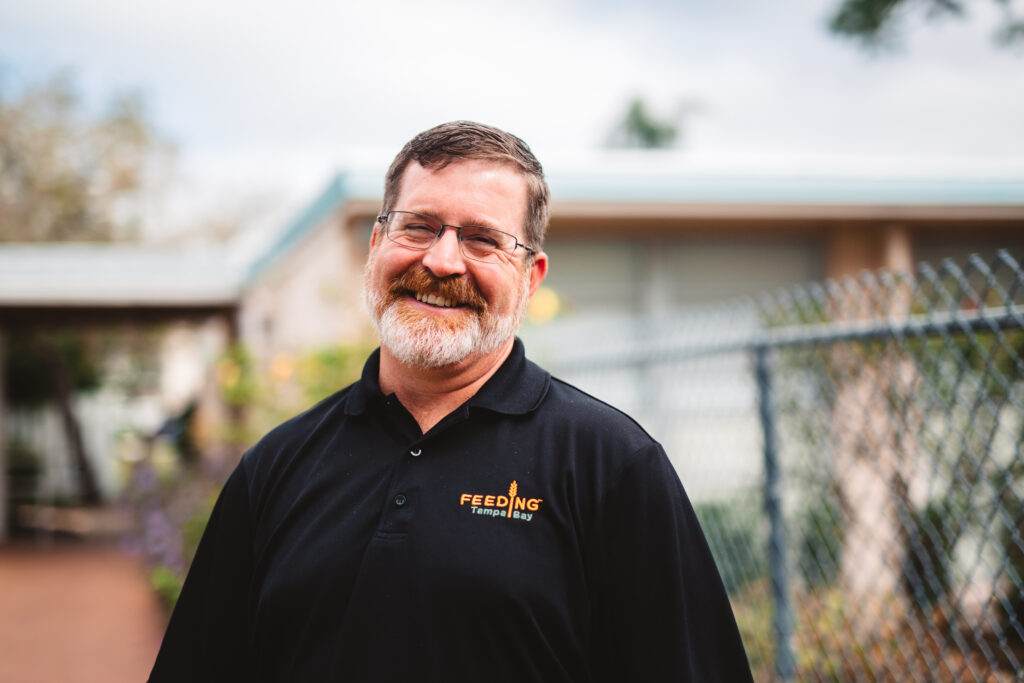
Q: With 80 percent of health outcomes determined by drivers of health, social care has never been more important. What do you think are common misconceptions about the importance of addressing drivers of health?
A: I think we tend to separate in our mind something that is a health issue from something that affects the rest of your life. And we know that there’s a lot of interactivity there. We know that, if you have poor mental health, that affects your food security; that affects your ability to be an effective employee; that affects your ability to be an effective student. All of those other stressors can build up and actually create health issues on the other side as well. So, it’s really a bidirectional relationship.
Q: Can you explain how your organization is working hard to help individuals with more than just food?
A: More people will touch social services through the food-relief system than any other methodology. And so what we’ve been trying to do as a food bank over the last five years is do a better job of taking advantage of that interaction. If somebody comes to us for food, there’s something else going on—that’s not the only thing going on in their life. And so that’s why we created a job training program. That’s why we’ve built out these types of solutions. That’s why we have a daily meal; that’s why we have nutrition education programs and financial stability work. All of these pieces fit together to create exit velocity for our neighbors. That’s really the goal. Not only are we feeding people who are in the line, but we’re also shortening the line, making sure that people don’t have to come back.
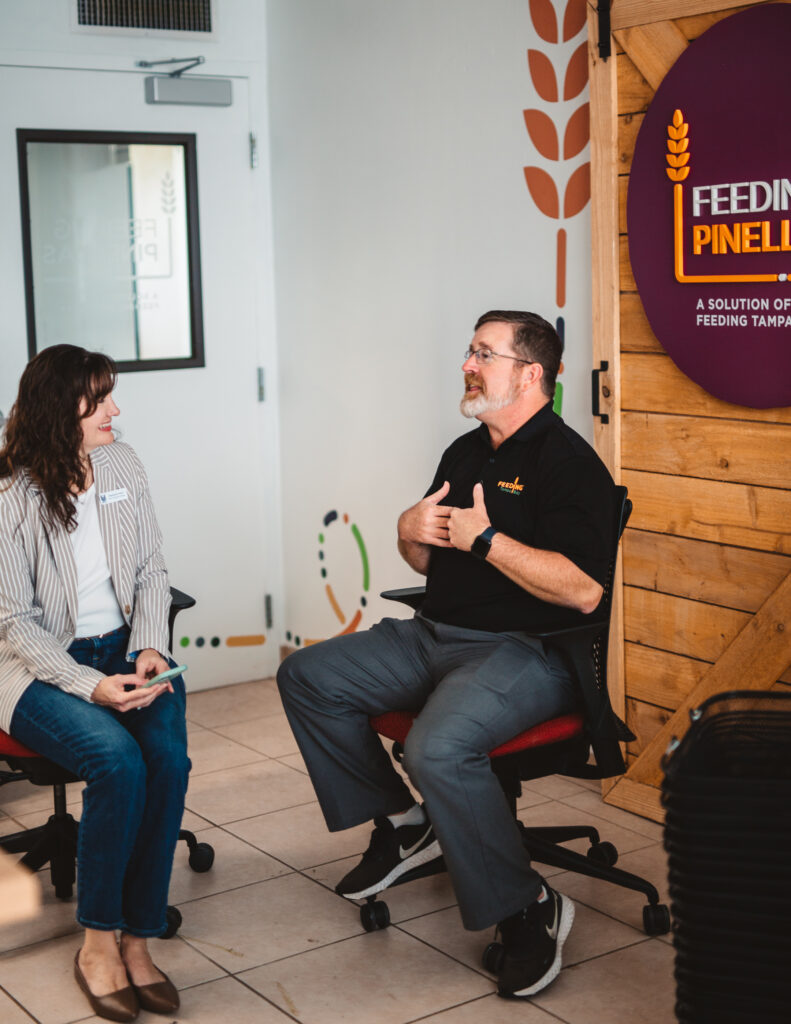
Q: Can you share how your organization’s impact and processes have changed since joining the network and using the Unite Us Platform to help community members address health and social needs?
A: System navigation is a huge challenge because our social service system is not designed with the biggest needs of the guests in mind. It is designed for the perspective of the employees and for the system. In order to truly navigate, if you have multiple issues going on, you’re going to multiple locations—you’re telling your story over and over again. If it’s traumatic, you’re re-traumatizing yourself again and again. And you are putting up all of these barriers of time, of travel. You know, you can’t be at work if you’re navigating the social service system. And so having the Unite Us Platform that knits everything together far more tightly shortens that traumatic time for the individual. It ensures that, when someone enters the system, there is a way to follow them through the successful completion. It’s incredibly important for us because, before Unite Us, it was really ‘call and hope.’ You make a phone call and hopefully you know the right organization; hopefully you know the person within the organization who’s going to be responsive; and then you send off this person who’s coming to you to ask for help, and you hope it works out. But now we can follow up. Now we can ensure that that connection was made or that challenge was addressed—that the person can go forward.
Q: How do you ensure people receive the help they need when they need it most?
A: Closing the loop is so important. My favorite thing about Unite Us is that we can actually check to make sure that the person who came to us to ask for help is getting the help they need, even if we’re not the ones delivering it. That person said, ‘Feeding Tampa Bay can help me,’ and it’s our responsibility to make sure we actually do. Giving somebody a business card is not it. We’re not in this world if we don’t care about the people who come to us, so we want to make sure that what we’re doing is working.
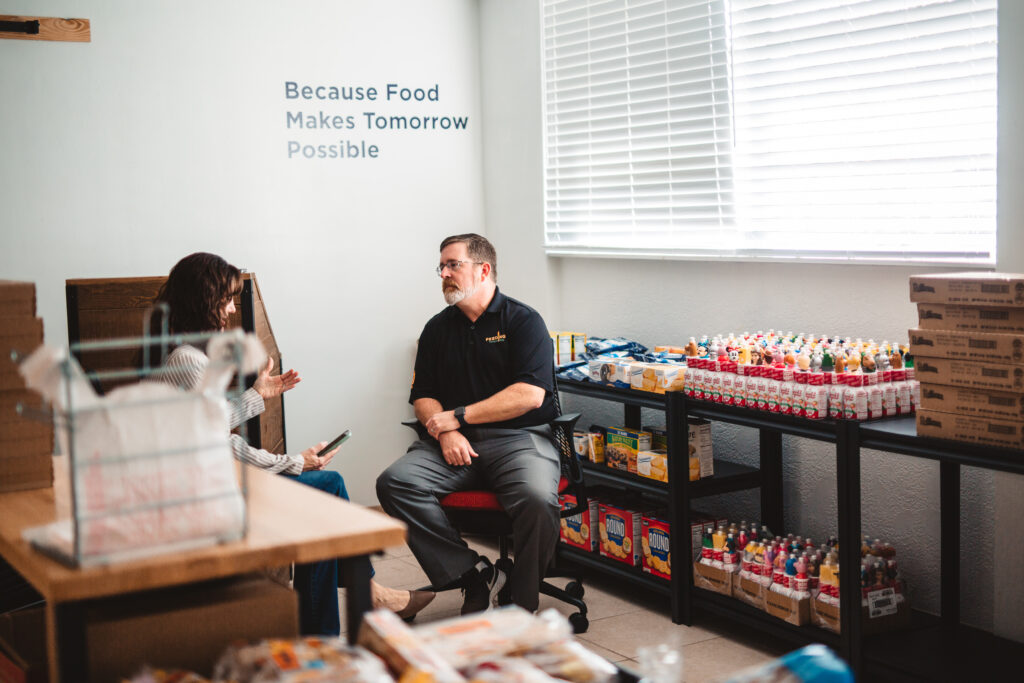
Want to help others learn more about the services your organization can provide? Interested in connecting to other community-based organizations to see all your clients’ service needs addressed? Join a network and start receiving referrals from all kinds of organizations in your community—including hospitals, shelters, churches, schools, and even your local salon.
Together, we can unlock the potential of every community.
About Unite Us
Unite Us is the nation’s leading software company bringing sectors together to improve the health and well-being of communities. We drive the collaboration to identify, deliver, and pay for services that impact whole-person health. Through Unite Us’ national network and software, community-based organizations, government agencies, and healthcare organizations are all connected to better collaborate to meet the needs of the individuals in their communities.



